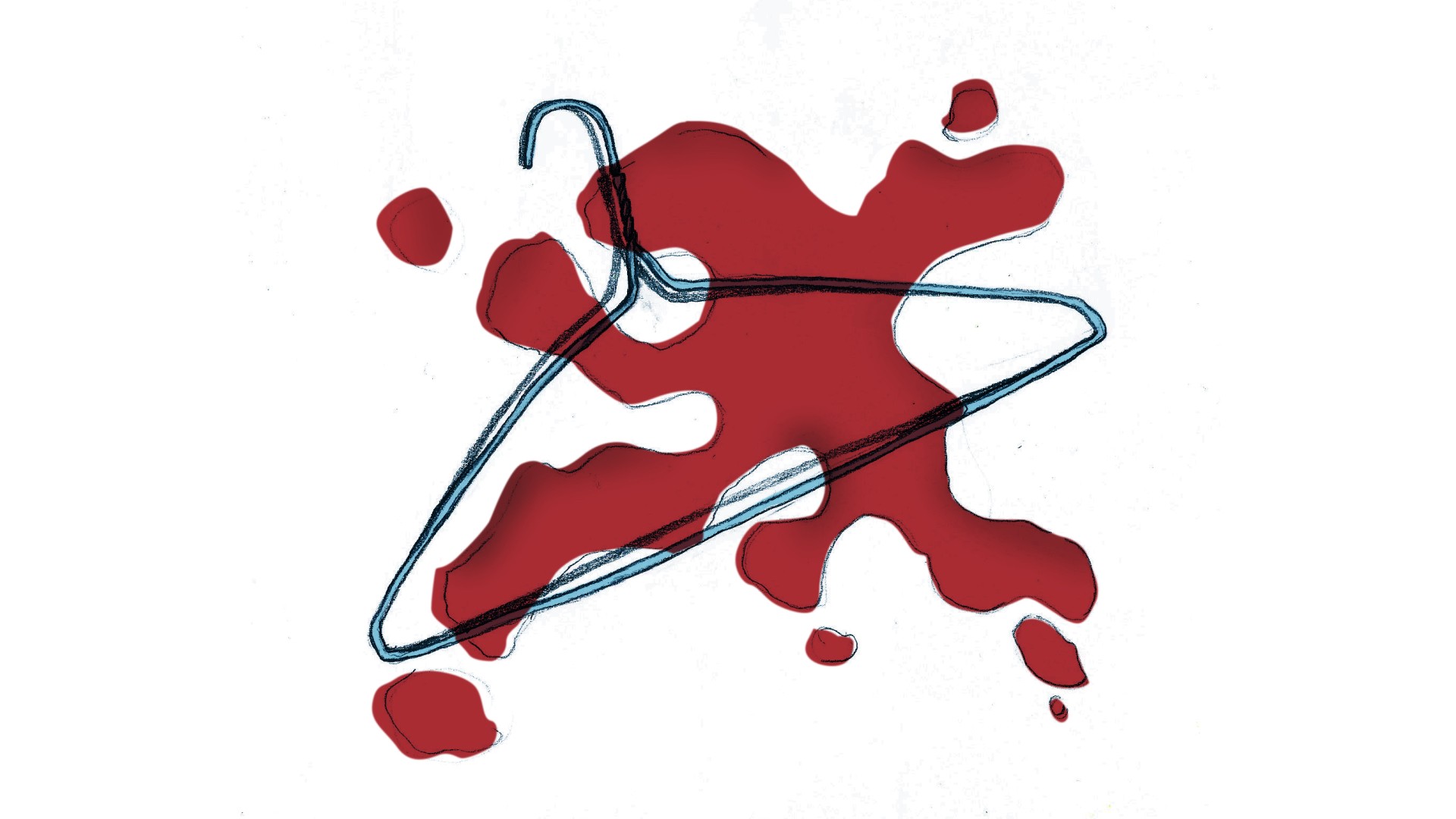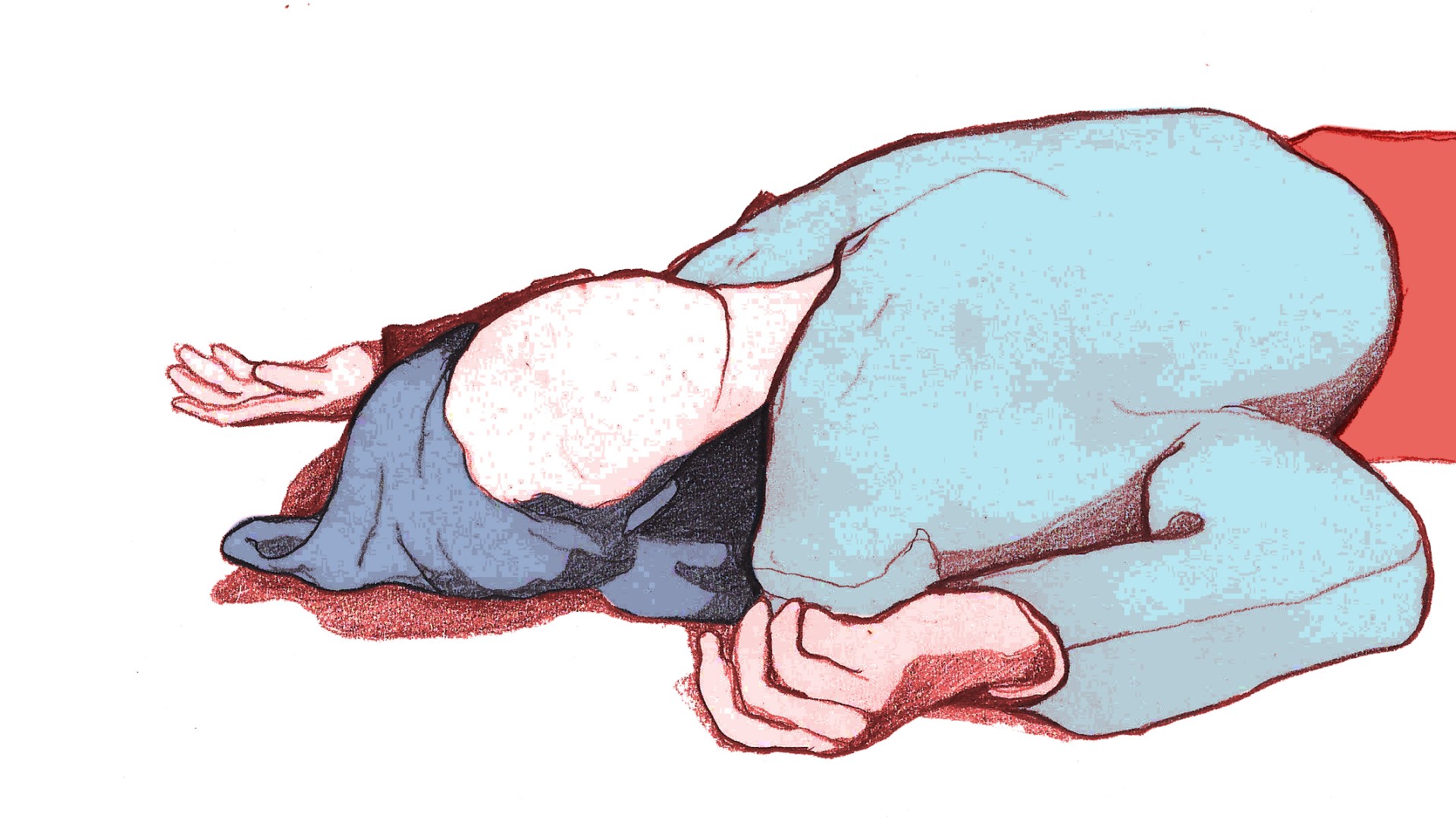In 1965, eight years before abortion became legal nationwide, Heather Booth heard from a friend whose sister was pregnant and didn't want to be. Faced with frighteningly few options to end the pregnancy, the young woman was “nearly suicidal.”Then an undergraduate at the University of Chicago, Booth had never thought much about abortion as an issue. Struck with sympathy for her friend's sister, Booth only wanted to do a good deed, but ended up unwittingly launching a grassroots movement for abortion access with a legacy that persists today.
Advertisement
According to the Guttmacher Institute, between 200,000 and 1.2 million illegal abortions took place annually in the two decades before Roe v. Wade legalized the procedure nationwide. In 1965, illegal abortions accounted for 17 percent of reported pregnancy and childbirth-related deaths, most of which were disenfranchised women of color. In New York City, for instance, Black and Latina women accounted for 80 percent of deaths from illegal abortion throughout the 1960s, according to Abortion Wars: A Half Century of Struggle, 1950–2000. In Georgia, black women were 14 times more likely than white women to die from the procedure at the time, the same book notes.In 1967, Colorado became the first state to loosen its abortion restrictions, with other states following suit in the years leading up to Roe v. Wade. Booth’s state of Illinois, however, was not among them. To end unwanted pregnancies themselves, women in states where abortion remained illegal would often resort to ingesting bleach, turpentine, and other toxic substances or pushing wire coat hangers, knitting needles, and similarly long, sharp objects up through their cervixes. Women who could afford it would travel out of state—typically to New York, which repealed its anti-abortion laws in 1970—or even out of the country for the procedure, but for low-income women who couldn’t afford to travel, help was hard to find. Enter Booth.
Advertisement
“I’m actually a very law abiding person: I try not to litter, I cross at the green,” says Booth, now 72 years old. “[But] sometimes there are unjust laws, and in the face of an unjust law, you need to take action to challenge it.” After hearing about her friend's sister, Booth contacted the Medical Committee for Human Rights, the group that provided health support for the 1964 Mississippi Freedom Summer Project—a coordinated campaign to expand voting rights for African Americans in the South, in which Booth had recently been involved. They directed her to Dr. T.R.M. Howard, a civil rights activist who ran the Friendship Medical Center on Chicago’s South Side. Booth sent the woman to Howard and didn’t think much more about it—until she received another call, then another.Word that Booth could help women obtain safe, illegal abortions spread quickly. Although it wasn’t her intention when she made that first connection, she eventually started an underground abortion network for women in Chicago. She called it “Jane.”“It wasn’t designed as a political operation, it wasn’t designed even as a movement,” she said. Rather, it was just an effort to provide abortion access at a time when helping a woman terminate pregnancy could land you in prison.Booth remembers the early days as a completely clandestine, solo experience. Women seeking abortions called the phone in her dormitory and asked for “Jane,” her pseudonym. She then referred them to Dr. Howard, who confidentially performed the procedure at his local clinic for the negotiable rate of $500.
After hearing about her friend's sister, Booth contacted the Medical Committee for Human Rights, the group that provided health support for the 1964 Mississippi Freedom Summer Project—a coordinated campaign to expand voting rights for African Americans in the South, in which Booth had recently been involved. They directed her to Dr. T.R.M. Howard, a civil rights activist who ran the Friendship Medical Center on Chicago’s South Side. Booth sent the woman to Howard and didn’t think much more about it—until she received another call, then another.Word that Booth could help women obtain safe, illegal abortions spread quickly. Although it wasn’t her intention when she made that first connection, she eventually started an underground abortion network for women in Chicago. She called it “Jane.”“It wasn’t designed as a political operation, it wasn’t designed even as a movement,” she said. Rather, it was just an effort to provide abortion access at a time when helping a woman terminate pregnancy could land you in prison.Booth remembers the early days as a completely clandestine, solo experience. Women seeking abortions called the phone in her dormitory and asked for “Jane,” her pseudonym. She then referred them to Dr. Howard, who confidentially performed the procedure at his local clinic for the negotiable rate of $500.

Advertisement
By 1968, Booth was out of college, married, and scheduling around one abortion per week, she says, predominantly for local low-income women of color who couldn’t afford to travel. She was also pregnant and working full-time, which left her less and less time to devote to Jane. So, she recruited around 10 women, trained them, and then handed over leadership to two friends from her activist social circle: Ruth Surgal and Jody Parsons.Surgal and Parsons built Jane into an even larger network of anonymous volunteers who ferried some 11,000 patients through each phase of the abortion process. Women called the number, a “Jane” collected their information and set them up with a counselor—also called “Jane”—and gave them the address where a doctor or, eventually, another “Jane” performed the procedure. In 1972, a police raid put an end to the group’s activities, but with abortion’s subsequent legalization, charges against participants were dropped.Booth went on to become a noted civil rights organizer, while Jane became a symbol of the lengths to which women will go to access abortion.“There’s an effort to sort of preserve the vestiges of what used to be an underground railroad, and something that might be again.”
Watch—Abortion Before Roe. v. Wade: Wendy's Story

Forty-five years after Roe v. Wade, Americans find themselves in eerily similar circumstances to those that spawned Jane: Emboldened by a president who recently reiterated his commitment to wiping out abortion rights in a speech at the March for Life, a vice president who believes Roe v. Wade belongs on the “ash heap of history,” and a Department of Health and Human Services staffed by anti-choice lobbyists, abortion opponents are eager to walk the country back in time.
Advertisement
In the first quarter of 2017 alone, state legislatures introduced 431 abortion restrictions. Ohio, for example, criminalized abortion after 20 weeks into gestation; meanwhile, in Texas, Governor Greg Abbott signed legislation that outlawed the most common second trimester abortion procedure, instituted penalties for people who help women terminate pregnancies prematurely, and mandated cremation or burial of fetal tissue. And on January 29, the Senate is expected to vote on a bill passed by the House of Representatives in October that would ban 20-week abortion nationwide—although it's not expected to pass.Abortion may still be legal, but as dwindling clinic numbers drive up the procedure’s cost and narrow its availability, it’s not necessarily more accessible for Jane’s patient demographic today than it was in the 1960s.The key difference between then and now, Booth points out, is that women in 2018 have more options. There’s not just one Jane—there’s a web of grassroots organizations scattered across the country aimed at helping women jump the myriad hurdles legislators place between them and access to safe abortion.One of the biggest barriers for women today is cost: In the first trimester, abortion comes with an average price tag of $500. As a woman gets further into her pregnancy, the price can climb to over $1,000. Brittany Mostiller, executive director of the Chicago Abortion Fund, says fundraising often pushes women into their second trimesters, which means they’re looking at an even pricier two-day procedure with higher hidden costs. At that point, patients must go to a clinic that can legally perform late-term abortions, which are few and far between due to unnecessarily strict regulations on clinics. For many women, that means traveling, which can require extra costs such as childcare, overnight accommodations, and transportation, on top of having to take off work.
Advertisement
“You’re going into this hole—it’s like a nightmare, it really is,” says Mostiller, who’s navigated this experience herself. “It’s just one thing after another.”That’s where abortion funds come in. Some, like the Chicago Abortion Fund, offer grants that help pay for in-clinic procedures. Others—like the Houston-based Clinic Access Support Network, California-based ACCESS Women’s Health Justice, and Atlanta’s ARC Southeast—offer practical support grants for bus fare, childcare, meals, and accommodations. Most of them function just as Jane did: The patient calls a number, describes her needs, and volunteers start sorting it out.According to the National Network of Abortion Funds, most abortion funds are only able to meet about 30 percent of financial needs. Separate volunteer networks help fill gaps by connecting abortion-seekers with people willing to offer whatever they can—time, money, a bed—to women in need.New York City’s Haven Coalition, for example, operates essentially as couch surfing for out-of-town abortion patients. The non-profit says it serves an estimated 200 women annually, enlisting volunteers to pick patients up from appointments, host them overnight, or simply provide emotional support. From word-of-mouth networking to exclusive use of first names by patients and volunteers, “echoes of the original Jane project” persist, three-year Haven Coalition volunteer Mirah Curzer says.“There’s an effort to sort of preserve the vestiges of what used to be an underground railroad,” Curzer explains, “and something that might be again.” While everything that Haven does is “above board,” Curzer says its volunteers try to keep their work quiet, both because participants deserve privacy, and because the legal basis for the whole operation feels precarious under an anti-choice administration.
Despite current threats to abortion access, Booth doesn’t believe women will accept backward motion as severe as overturning Roe v. Wade. Still, she is pleased to see activists building on Jane’s legacy, she says. “It’s not just about something interesting that happened in the past. It’s actually relevant to today.”And for those interested in maintaining their rights, she has one recommendation: “We need to organize on the issues in our communities and be organized politically to make our voices heard.”